Headquarters
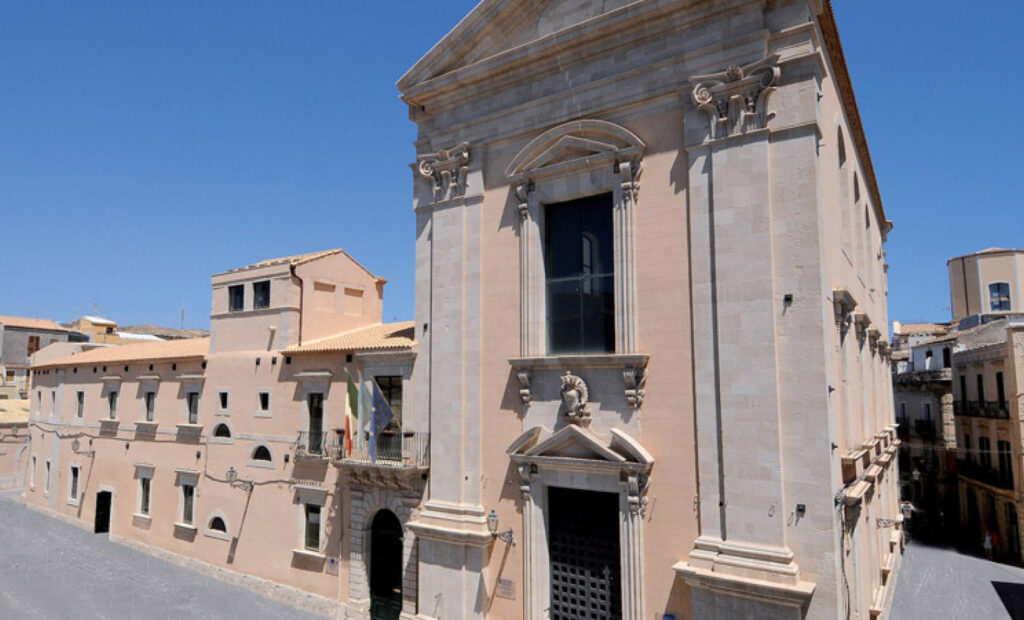
The former Church of San Francesco di Paola and the attached Convent of the Minims were built in 1705 by the Order of the Fathers Minims, also called “Paolotti”. Recently restored by the Municipality of Syracuse with E.U. funding, they were assigned as the seat of the Siracusa Institute in the spring of 2010. The formal dedication ceremony took place on December 4, 2010.
The former Church of San Francesco di Paola and the attached Convent of the Minims were built in 1705 by the Order of the Fathers Minims, also called “Paolotti”. Recently restored by the Municipality of Syracuse with E.U. funding, they were assigned as the seat of the Siracusa Institute in the spring of 2010. The formal dedication ceremony took place on December 4, 2010.
The buildings were confiscated by the State after the Italian law of 1866 decreeing the suppression of religious orders. The Convent was assigned to the City which turned it into a public school. The Church, however, remained open for worship. In the 1920s, the City made a trade: it gave the Church of the Pantheon to the Curia of Siracusa in exchange for the Church of San Francesco di Paola, which was added to the school.
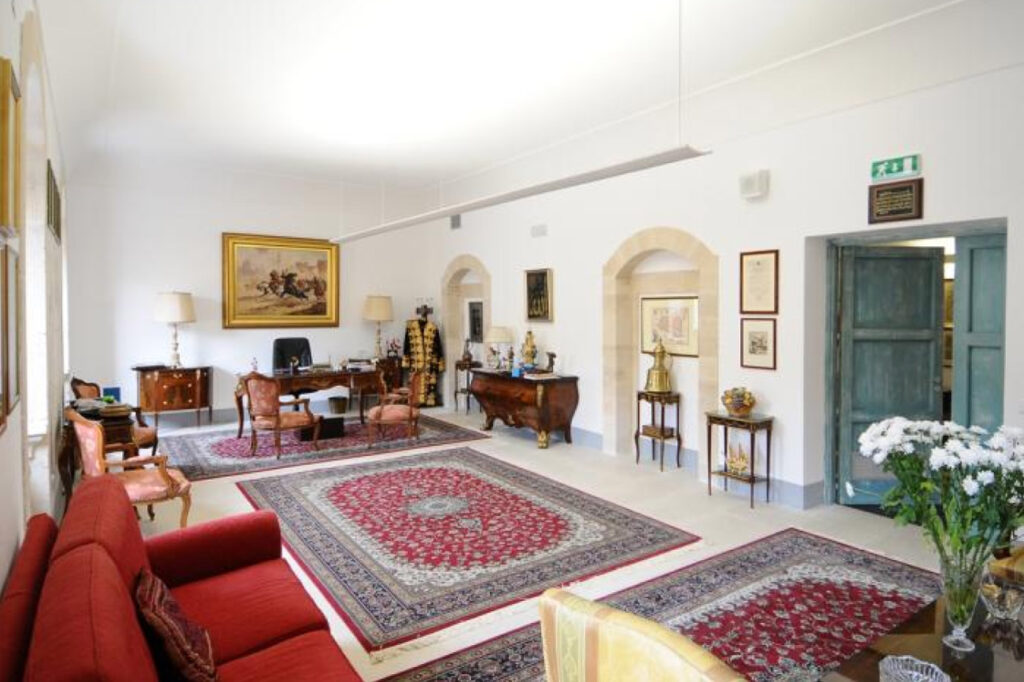
Our Premises
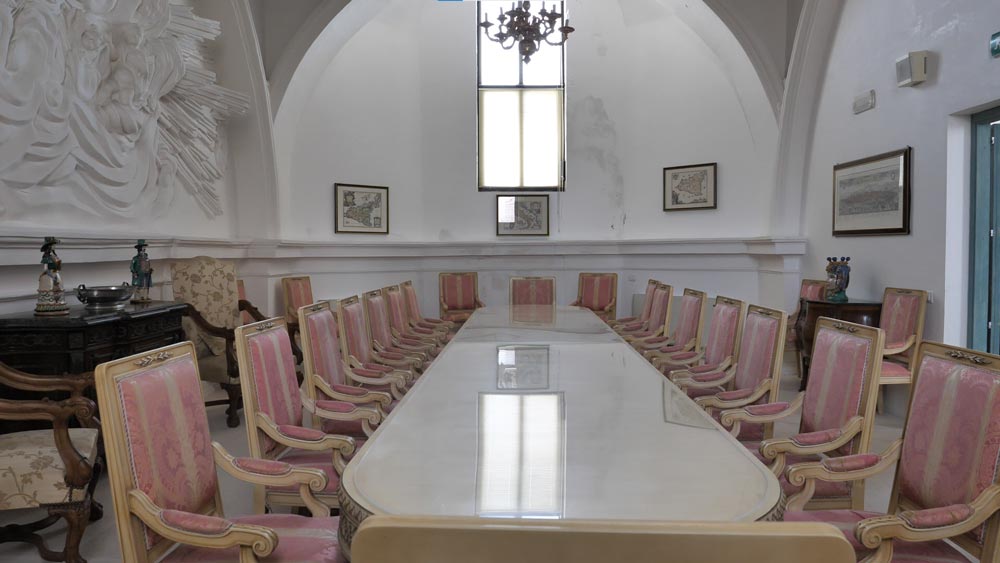

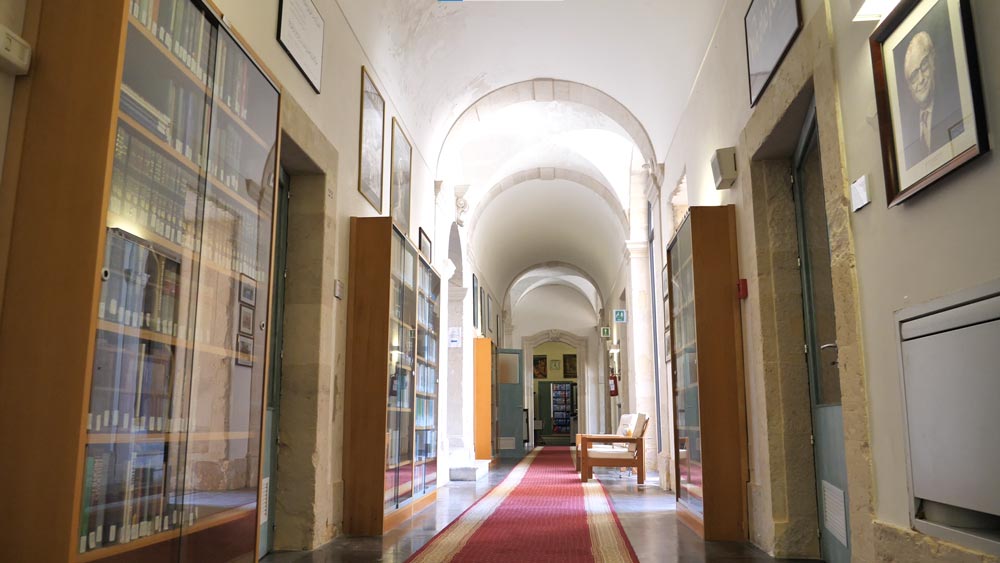
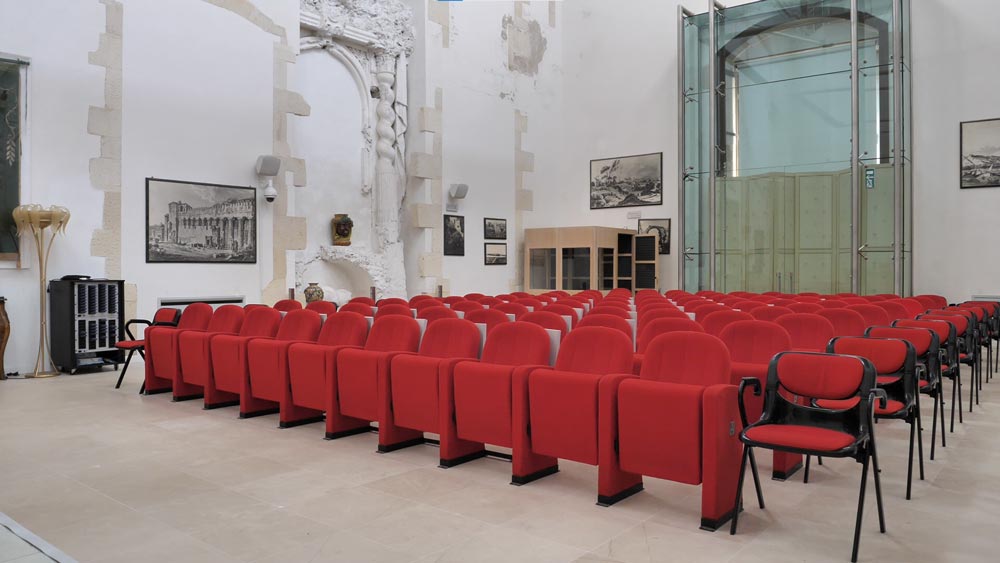


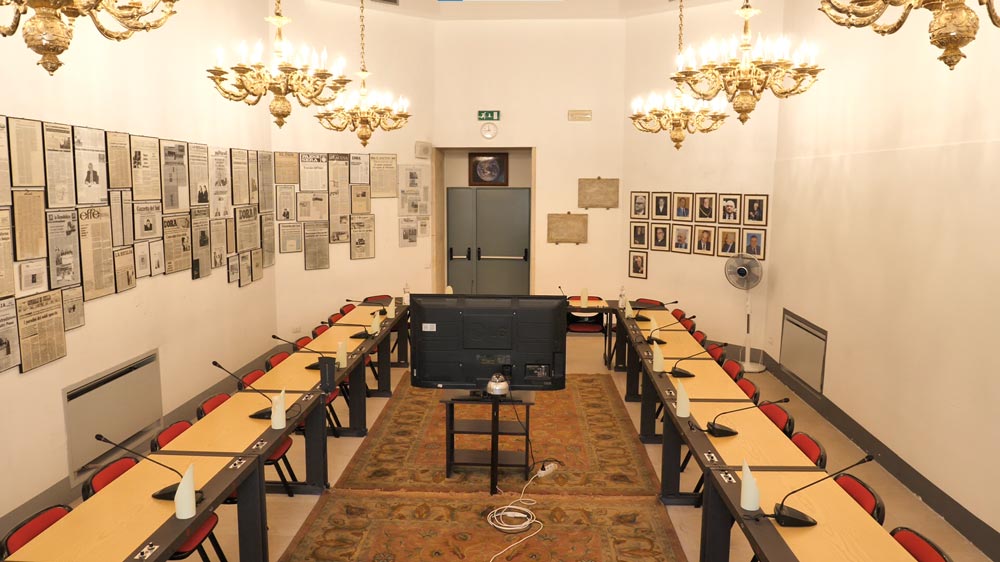
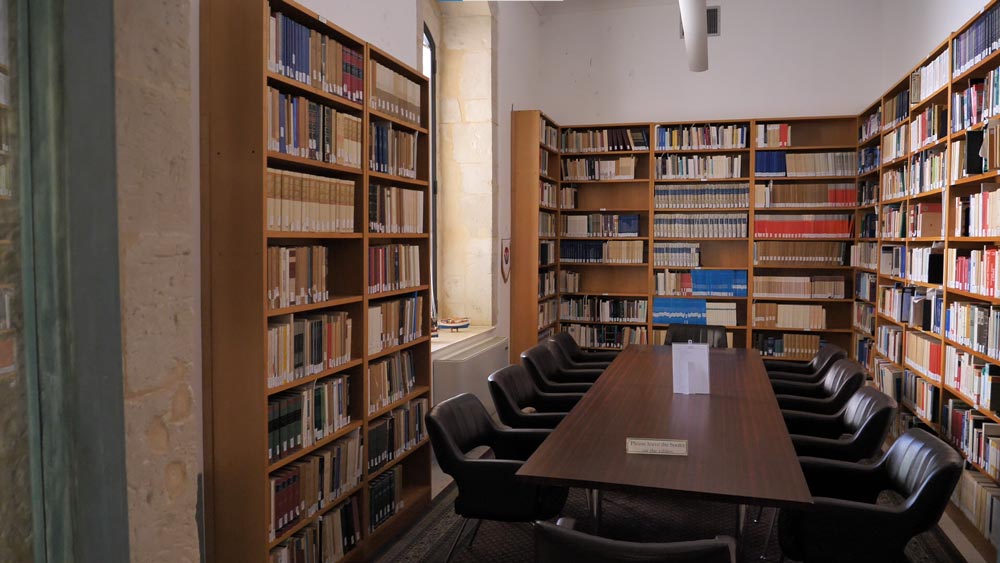
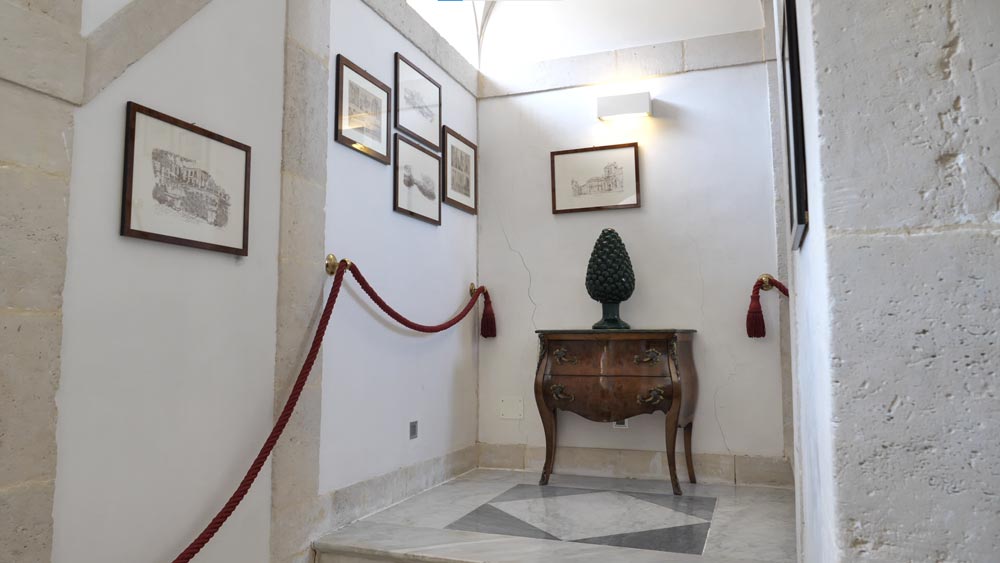
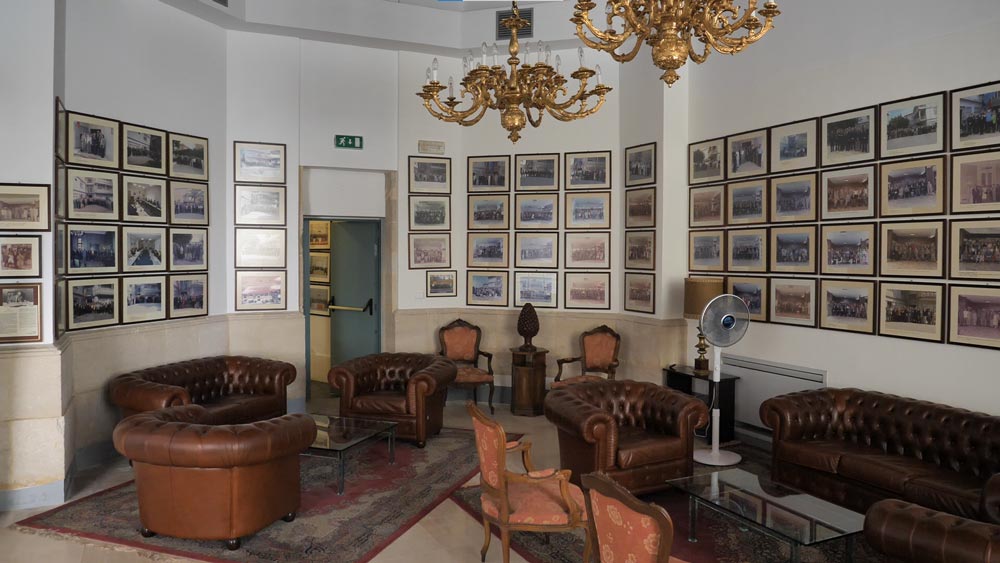

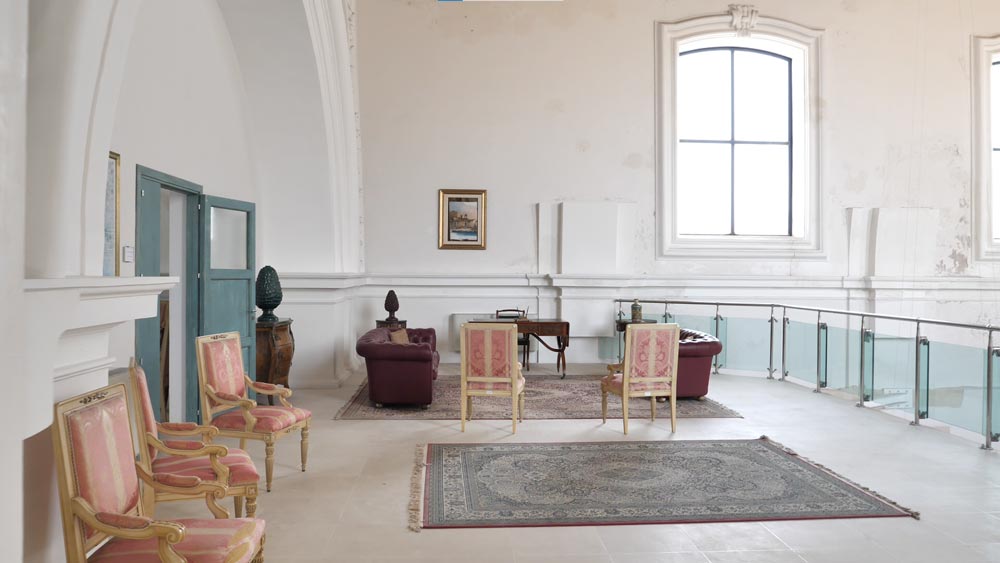
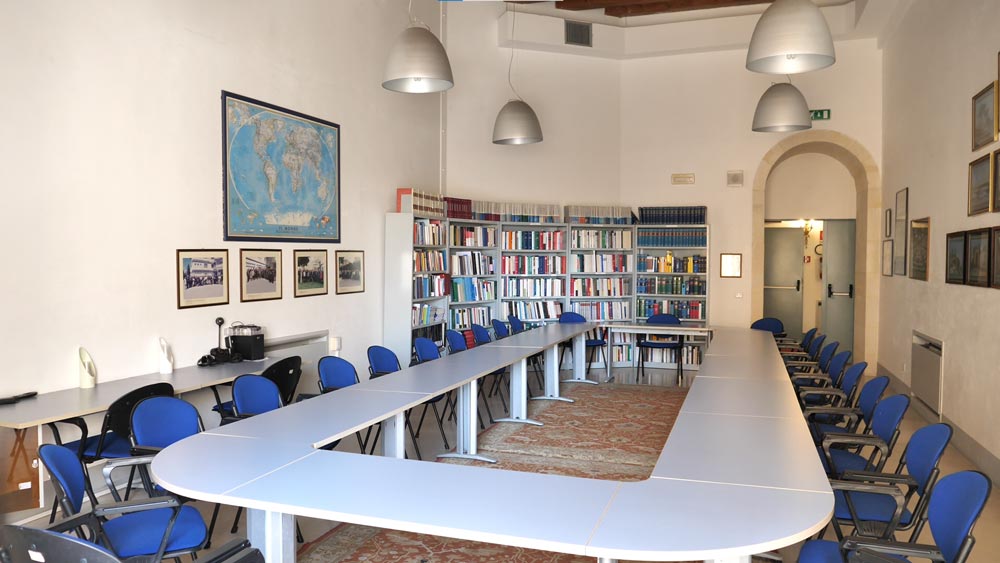

Restoration work was started some eighty years later.
The Convent’s structure was well preserved, but not much
remained of the Church except for the two side altars, which were adorned with plaster sculptures, probably of the Serpotta school
of sculpture.
The Convent’s inner courtyard features an underground passage that leads to the sea. The tunnel — called the Hypogeum of Saint Philip — has overlapping vestiges of the Classic, Jewish, and Christian periods, dating back three thousand years. During World War II, the Hypogeum served as an air-raid shelter.
The Siracusa Institute has a specialized library that consists of a collection of over 25,000 volumes and reprints in international criminal law, international criminal procedure, human rights and small collections of different countries’ books on criminal law, criminal procedure and criminology.
The library catalogue is computerized for easy information retrieval. The collection is located in five rooms at the ground floor of the Institute’s headquarters.
The library is open to external guests during the Institute’s opening hours. Persons with a research interest may be granted access to the library by submitting a written request to info@siracusainstitute.org, specifying the content of their research and attaching their CV.


